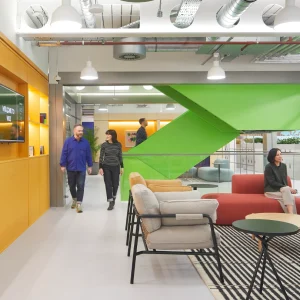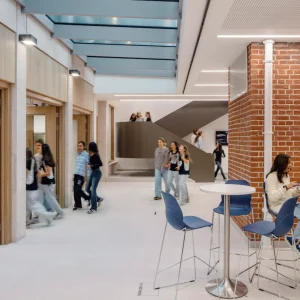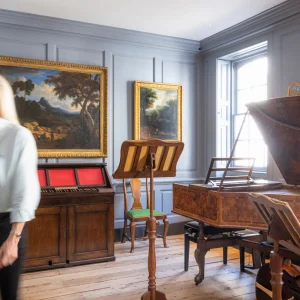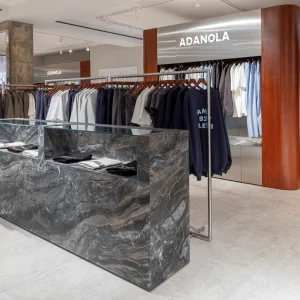Hirsch Bedner Associates (HBA) worked closely with a team of designers, architects and historians to recreate the grandeur of the landmark property. The Fairmont Peace Hotel offers 270 deluxe guestrooms and suites. Guestrooms blend 1930’s period elements with contemporary technology. Spread over 45 square meters, all the rooms feature a soft color palette and tailored art deco motifs and furnishings with a 37-inch plasma stereo TV, a bath-side LCD screen, Blu-ray DVD player and wireless and broadband Internet with ‘plug-and-play’ connectivity. Additional room amenities include Illy espresso machines, 400-thread-count Egyptian cotton bed linens and exclusive Miller Harris Cologne Series 1888 bath products.
The hotel also offers six restaurants and lounges including the Jazz Bar, signature Chinese restaurant Dragon Phoenix and the Cathay Room, offering panoramic views of the Bund from its terrace on the ninth floor. The eighth floor will house the famed Peace Hall, which features iconic sprung-wooden dance floor from the olden times of Shanghai cabarets and gala parties.
A new extension to the building will house a sky-illuminated swimming pool and a Willow Stream Spa. The famous ‘Nine Nations Suites’ has been retained post renovation while a new presidential suite has been added that will occupy the tenth floor penthouse, which was the residence of the owner Sir Victor Sassoon. Guests and visitors will be able to learn about the unique historical and cultural heritage of Shanghai’s most famous building through the Peace Gallery.
The hotel, which officially opened on August 1, 1929, was widely known as the ‘Number One mansion in the Far East’, due to its prime location along the Bund and for its luxury, including the distinctive copper-sheathed roof 77 meters above ground, white Italian marble floors, and priceless Lalique glass artwork.
An Anglo-Jewish business tycoon, Sir Victor Sassoon was the main figure behind the installation of 1,600 redwood and concrete pilings as the foundation of the 11-story hotel, the first high-rise in Shanghai. The old hotel featured a number of elements considered first in that period such as a private plumbing system with water channeled in from a spring outside the city, Shanghai’s first electric elevator and an art deco cage.





